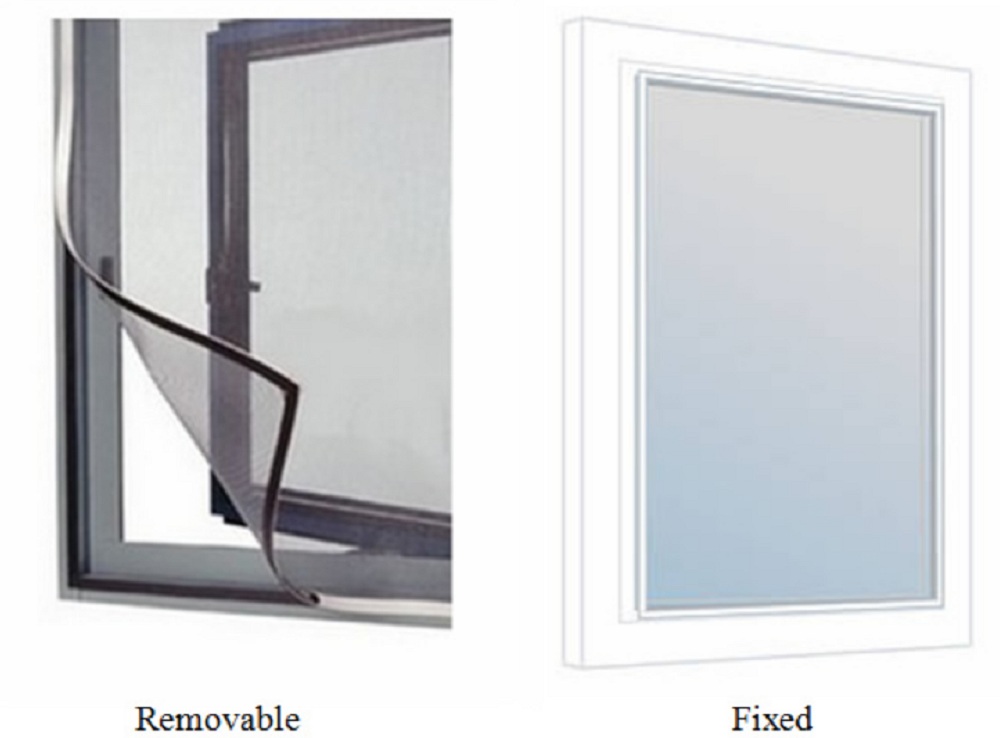Importance Of DIY Mosquito Screens
1. It will save you from plenty of insecticides which are harmful to both the environment and people;
2. It is not expensive that it only requires occasional cleaning;
3. It is beautiful made to look like it is transparent;
4. It does not interfere with ventilation and sunlight that they freely pass through; and
5. Screen repair is easy and straightforward it only requires needle and thread to put it back in place.
Mosquito Screen Types
The market currently has so many mosquito screens, but in one way or another, they all fall into two categories, i.e. the removable and fixed mosquito screens.
Removable Mosquito Screens
In most cases, this type is made from net materials that are woven. It is otherwise if a PVC trunking is specially made for it is fixing. With it attached plastic magnets for easy removals, like when the screen needs cleaning.
Fixed Mosquito Screens
This type is simply made using plastic construction mesh coated green or any net at your local hardware shops. If you need a more sophisticated one, then specially woven net materials are what to use.
All the meshes come rolled. Some plastic construction meshes with a green coat are not ideal for making the screen because they can easily tear up during installation. The best type is the woven mesh. It is thinner than the rest and has threads of fibre.
The following are examples of fixed mosquito screens:
• Construction net/mesh DIY Mosquito Screen
A staple gun and small strips of timber are good for the installation of wire mesh onto the wooden window frames. The mesh piece to use here should extend to the frames of the window.
Once it fits well, use strips of timber to put it in place, then staple them onto the window with your staple gun. Ensure that the thickness of your staples is appropriate to reach the wooden frame when stapled, and hold the mesh firmly.
The wire mesh installation to a concrete wall or metal frame will need fixing first, then screw a sizeable timber frame onto the support using fixing screws or an electric drill. The same method used to attach mesh onto the timber frame can now be applied.
• DIY Woven Mosquito Screens
This type comes in the form of either a square net or a honey cone. This woven screen stretches and hooking it onto a Velcro strip which is part of the package is not a problem.
Fixing it is quite quick and easy. The metal/wooden frame surfaces are first cleaned using an industrial thinner/cleaner that is equivalent. Then the Velcro is fixed onto it. Without stretching, the screen is then laid over and pressed onto the Velcro’s hook.
Successful installation does not lie on whether you stretch the screen before laying or not. If the screen is stretched, then an excessive force of pulling will be experienced on the Velcro making it susceptible to fast detaching. A detached Velcro will leave a hole leaving you with only one solution to put it back to place; using a staple gun to staple it back.
The Experts And Professionals
For all questions concerning DIY fly screens, call us for the best answers. Flyscreens Sydney 02 8294 8311 is here to assist you on all your inquiries and needs.

